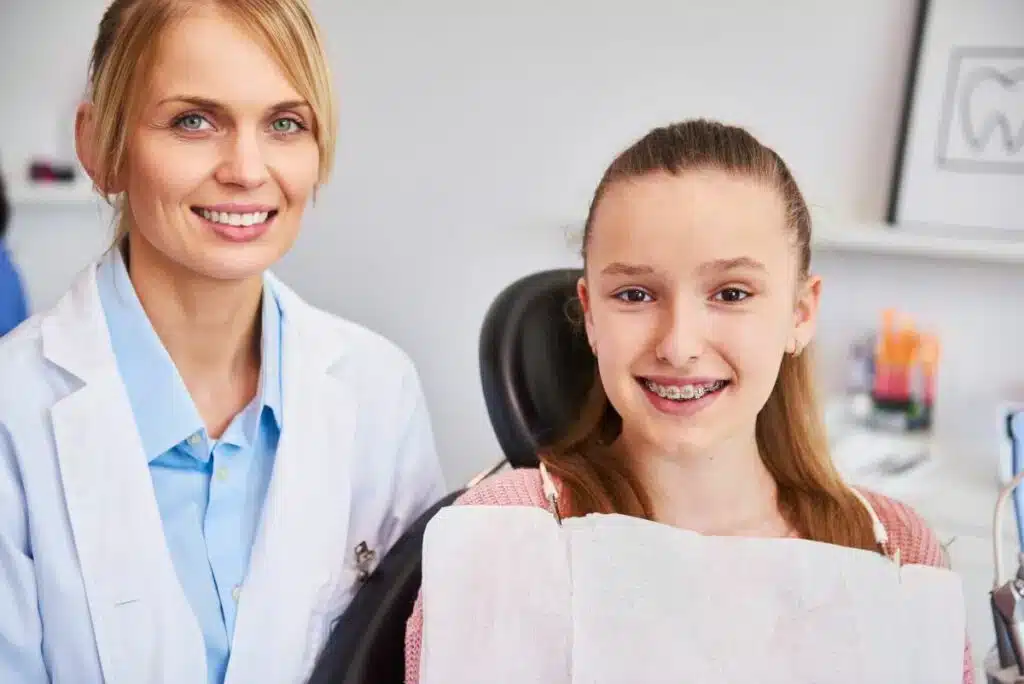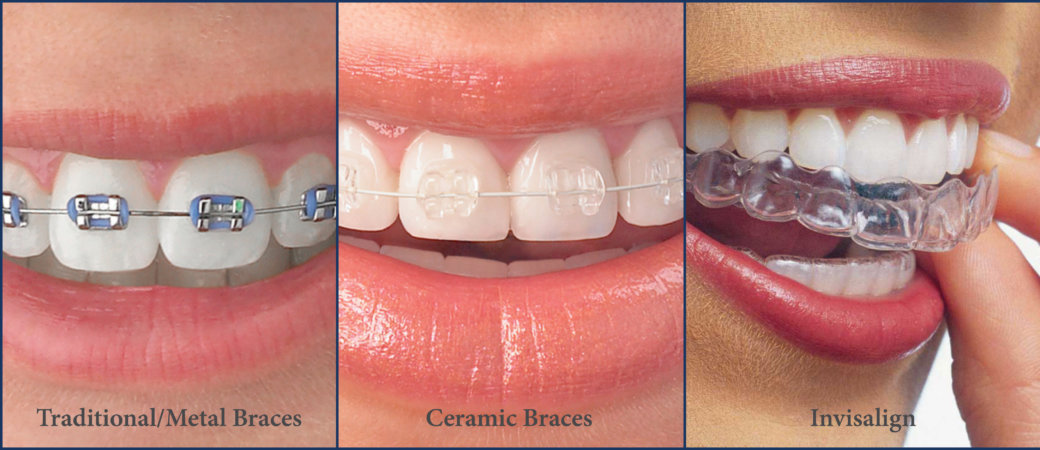Causey Orthodontics Fundamentals Explained
Table of ContentsMore About Causey OrthodonticsOur Causey Orthodontics DiariesCausey Orthodontics for BeginnersThe 10-Second Trick For Causey OrthodonticsCausey Orthodontics Can Be Fun For Anyone
Disregarding occlusal connections, it was regular to get rid of teeth for a variety of dental issues, such as malalignment or overcrowding. The principle of an intact teeth was not widely valued in those days, making bite relationships seem irrelevant. In the late 1800s, the principle of occlusion was vital for creating dependable prosthetic substitute teeth.As these ideas of prosthetic occlusion proceeded, it came to be an indispensable tool for dentistry. It remained in 1890 that the work and impact of Dr. Edwards H. Angle started to be felt, with his contribution to modern orthodontics particularly noteworthy. Focused on prosthodontics, he taught in Pennsylvania and Minnesota prior to guiding his focus towards dental occlusion and the therapies needed to preserve it as a normal problem, therefore ending up being understood as the "dad of modern-day orthodontics".

The idea of optimal occlusion, as proposed by Angle and incorporated into a classification system, enabled a shift towards dealing with malocclusion, which is any type of discrepancy from typical occlusion. Having a full set of teeth on both arcs was extremely looked for after in orthodontic treatment due to the need for exact partnerships in between them.
The Facts About Causey Orthodontics Revealed
As occlusion became the vital top priority, facial percentages and appearances were ignored - orthodontist expert. To accomplish optimal occlusals without utilizing outside pressures, Angle postulated that having excellent occlusion was the finest method to acquire maximum facial looks. With the passing away of time, it ended up being quite evident that even a remarkable occlusion was not appropriate when thought about from a visual viewpoint
It ended up being noticeable that orthodontic treatment could change mandibular growth, leading to the development of functional jaw orthopedics in Europe and extraoral pressure measures in the US. These days, both practical appliances and extraoral gadgets are used around the world with the objective of modifying development patterns and types. Pursuing real, or at least improved, jaw connections had actually ended up being the major goal of therapy by the mid-20th century.
The Causey Orthodontics Ideas
 Until the mid-1970s, dental braces were made by wrapping steel around each tooth. https://www.bizmakersamerica.org/professional-services/causey-orthodontics., it came to be possible to rather bond steel braces to the teeth.
Until the mid-1970s, dental braces were made by wrapping steel around each tooth. https://www.bizmakersamerica.org/professional-services/causey-orthodontics., it came to be possible to rather bond steel braces to the teeth.This has had significant results on orthodontic treatments that are administered regularly, and these are: 1. Proper interarchal relationships 2. Right crown angulation (pointer) 3.
The advantage of the style hinges on its brace and archwire mix, which requires only very little cable flexing from the orthodontist or medical professional (orthodontist expert). It's aptly called after this attribute: the angle of the port and density of the bracket base eventually figure out where each tooth is located with little requirement for extra adjustment
The 15-Second Trick For Causey Orthodontics
Both of these systems utilized identical brackets for every tooth and required the flexing of an archwire in 3 planes for locating teeth in their preferred placements, with these bends dictating supreme positionings. When it pertains to orthodontic appliances, they are divided right into 2 types: removable and repaired. Removable appliances can be taken on and off by the client as called for.

Hence, practically all modern-day set appliances can be considered variations on this edgewise home appliance system. Early 20th-century orthodontist Edward Angle made a major payment to the globe of dentistry. He developed 4 distinctive device systems that have actually been used as the basis for several orthodontic treatments today, preventing a few exceptions.
An Unbiased View of Causey Orthodontics

The cord ended in a thread, and to relocate ahead, an adjustable nut was used, which permitted a rise in circumference. By ligation, each individual tooth was connected to this large archwire (emergency orthodontist near me). As a result of its limited variety of motion, Angle was not able to attain exact tooth placing with an E-arch
These tubes held a soldered pin, which can be repositioned at each appointment in order to move them in area. Referred to as the "bone-growing appliance", this gizmo was thought to urge healthier bone growth because of its capacity for transferring pressure straight to the origins. Implementing it verified problematic in fact.